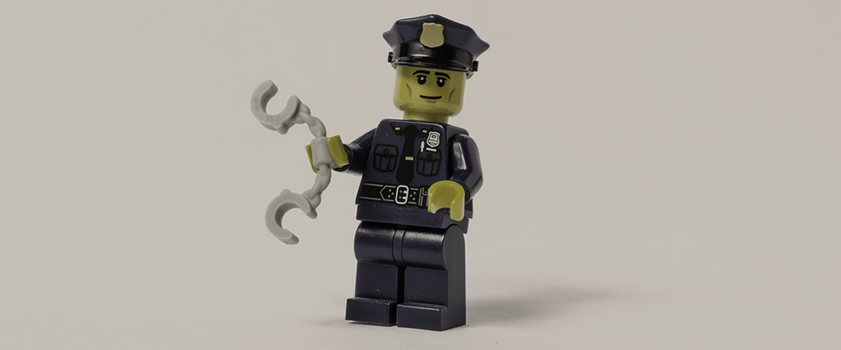By definition, graphic design is “art with a purpose” and this has never been more evident than in the case of web design. More designers work in the digital landscape than ever before and quite simply, it’s no longer enough for a website to ‘look good’. Designers now face the challenge of combining aesthetics with usability, functionality, and multi-platform delivery. And so user interface (UI) and user experience (UX) was born.
Reece Starr, addmustard’s Head of Creative, shares four fundamental UX tips which he believes every digital designer should live by.
1. Invest time in research

Every web designer should have the skills to create work that looks visually strong. Without research to form the basis of a design, user experience has not been considered and the design is simply opinion based. Considering how users react to colours, fonts and buttons, as well as how they navigate, search and purchase, is the most important part for a designer when it come to understanding UX. In short, do not skimp on research time.
2. Consider multiple platforms

Every website you design will be viewed on multiple devices and therefore needs to be able to adapt to its environment. Make sure you consider the key three: desktop, tablet and mobile. Remember that user experience crosses channels and devices, involves multiple touch points and spans extended time periods.
3. Understand the journey

Each page on a website serves a purpose, whether transactional, navigational, informative or something different altogether. It is paramount that as a designer, you understand the purpose of the page you are designing. It’s amazing how many web designers create a website and don’t do this first. Not been given a brief? I’d suggest you don’t move forward without one.
4. Become a member of the brand police

Brand guidelines are glue. They hold everything together and ensure consistency to help minimise user confusion. Users subconsciously absorb pieces of information that make it easier for them to navigate between pages. Always request to see brand guidelines before you begin work on a brief. If no guidelines exist, then boundaries, colours and an image style should be outlined and agreed.
Anymore tips? Feel free to share and comment below!









